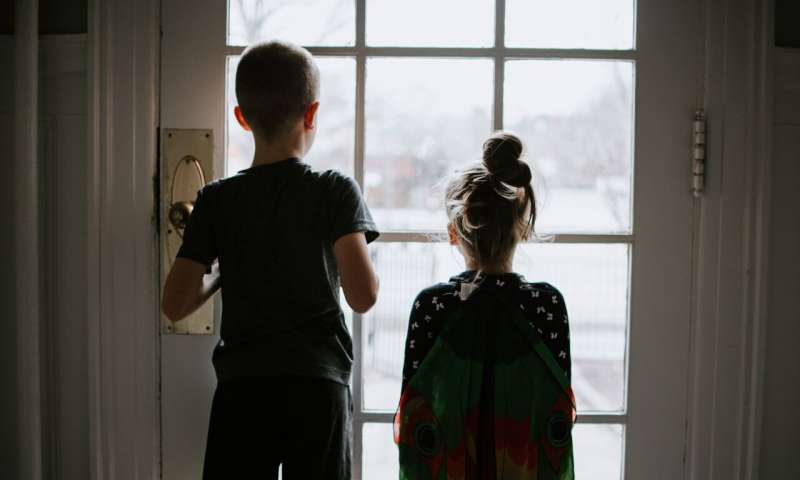
Your kid’s school calls. They’ve been exposed to COVID-19. You know to keep them home for 14 days. But does the whole family need to quarantine? What happens if you were exposed at work, and you live with other people? Should the entire household stay home?
There are countless scenarios where one person might be directly exposed to the coronavirus while everyone else in the household was not. The Centers for Disease Control and Prevention doesn’t explicitly address this topic, which leaves many wondering what to do, including a reader who asked about the topic through our Curious Philly platform. Curious Philly is where readers ask us questions and reporters hunt down the answers.
To find out the answer, we consulted with health experts in the region. Here’s what to know if one person in the household becomes directly exposed to COVID-19.
It may not be feasible for everyone to quarantine, and that’s okay—unless the person who’s exposed tests positive.
As defined by the CDC, quarantine “is used to keep someone who might have been exposed to COVID-19 away from others.” If you were in close contact with someone who tests positive, you’re advised to stay home for 14 days, whether COVID-19 symptoms appear or not.
Experts don’t discourage the rest of the household from quarantining, too. But it’s not expected.
“There are practical considerations, and you don’t know the rest of the family was exposed until the family member who has the clear exposure becomes positive,” says Dr. Patricia Henwood, associate professor of emergency medicine at Thomas Jefferson University’s Sidney Kimmel Medical College, and leader of the Emergency Medicine COVID-19 Task Force at Jefferson Health.
In many situations, it’s not feasible for everyone to quarantine. Some household members may need to go to work or school, or pick up groceries or prescriptions. And that’s okay, as long as the person who was exposed can quarantine by themselves in a separate part of the house.
However, if this person ends up testing positive or develops COVID-19 symptoms, the advice changes. In this case, this person may have exposed the rest of the household before they knew they needed to self-quarantine. As a result, everyone in the house is now advised to quarantine. The two-week window starts from the date of the last contact with the person who exposed you.
Everyone (not just the person quarantining) needs to practice extra safety precautions.
Although a full-household quarantine may not be necessary, it’s imperative that everyone carries out extra safety precautions. This includes wearing a mask if you have to interact with the person who was exposed and minimizing unnecessary contact with people outside of your household.
“Stay away from large crowds, wear your mask at all times, stay six feet away from people, and wash your hands—that’s enough mitigation to hopefully prevent spread if there ends up being a secondary case from that initial exposure,” says Dr. Craig Shapiro, pediatric infectious diseases specialist, Nemours/Alfred I. duPont Hospital for Children.
If you’re going to an in-person job, try to avoid carpooling, social coffee breaks, shared meals, and other situations that may require you to remove your mask.
Have a young child who was exposed? Family quarantining is encouraged.
If you’re caring for a little one, naturally you probably can’t separate yourself from them just because they were exposed. In this case, “the best thing to do would be for the whole household to quarantine, just to be on the safe side,” says Henwood.
One of the primary challenges with coronavirus is that it can be transmitted by people who never develop symptoms. According to the CDC, evidence suggests that as many as 45% of pediatric infections are asymptomatic. In other words, even if your kid’s not coughing or running a fever, they could still test positive and end up exposing you. And if you’re exposed, this makes it possible for you to spread the virus to others.
When it comes down to it, quarantining the entire household is always the safest option when possible, even if the person who was exposed can separate themselves.
“When that’s not feasible, you need to look at other ways you can at least minimize your possibility of transmission until you see what the situation is with your exposed family member,” says Henwood.
Expert Sources:
Source: Read Full Article